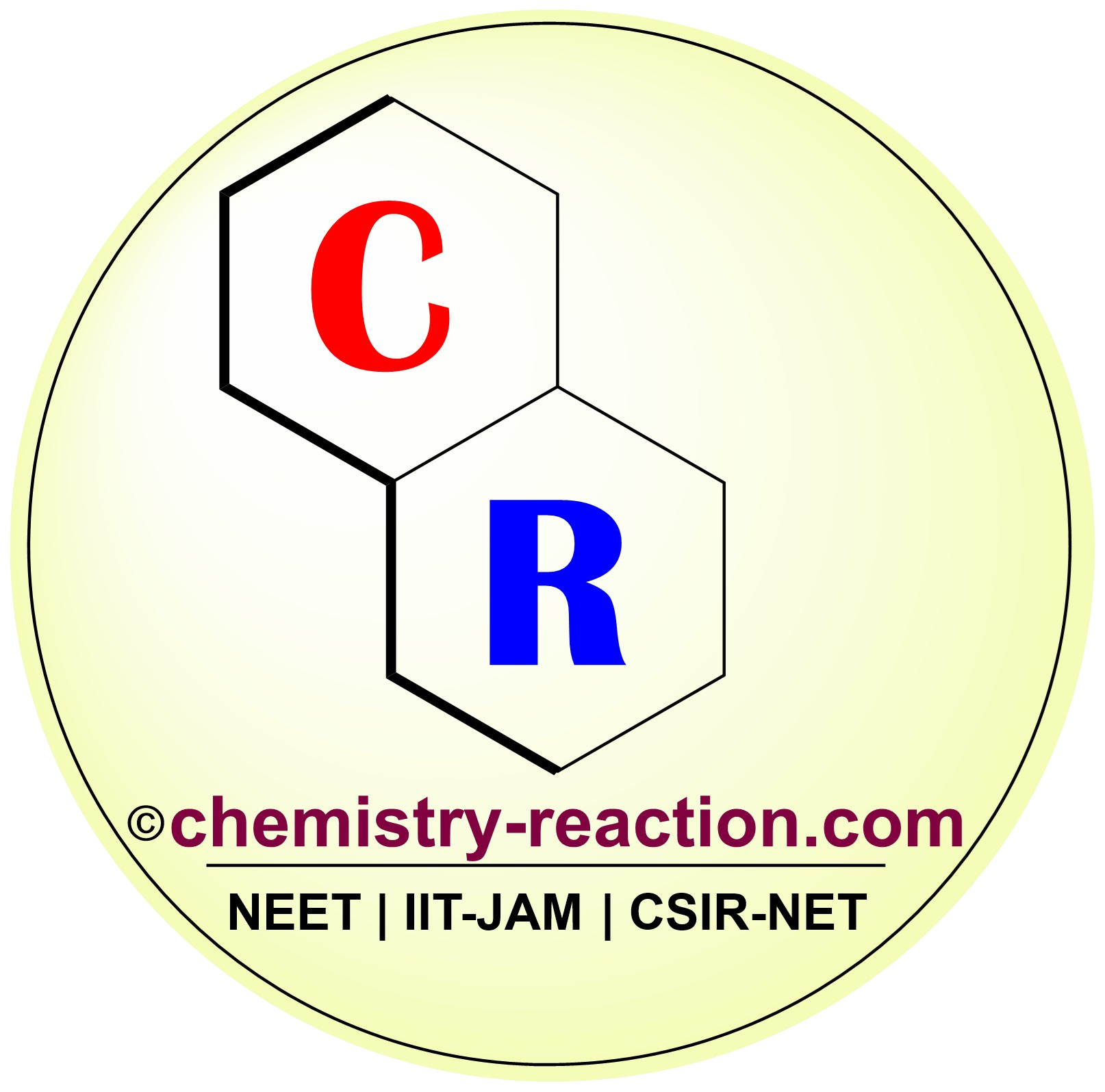Table of Page Contents
what is Nef reaction?
Swiss chemist Johann Nef reported the Nef reaction in 1894. It involves the hydrolysis of a nitronate salt to yield a carbonyl compound and nitrous oxide.
The reaction is general for primary Nitronates, which yield aldehydes, and secondary ones, which pay ketones. And in fact, the first reported example involved nitroethane in forming acetaldehyde. Although this is essentially a degradative reaction and not a skeleton-building reaction, a reactivity aspect makes the Nef reaction extremely useful.
Mechanism:
The accepted mechanism for the Nef reaction is as follows.
We must preface this by stating that alkyl nitro derivatives are somewhat acidic carbon acids. Their pKa of around 10 makes them comparable to common oxygen acids like phenols or nitrogen acids like trialkyl ammonium ions. This means we can make their salts with a strong base, like sodium hydroxide, and these salts are even isolable. These are called Nitronates, the starting point of the Nef reaction.
In a strongly acidic medium like sulfuric acid, kinetic protonation occurs, not at the carbon to yield the starting nitroalkane again, but instead at the oxygen, causing the aciform, which is a tautomer of the nitroalkane in which an O-H bond has replaced a C-H bond. This form is immediately protonated again at the other oxygen atom to yield the conjugate acid of the nitroalkane. This looks like an iminium salt, which, you may recall, is readily hydrolyzed in water because it is very electrophilic.
Here, water is the only nucleophile, and the attack of water over two steps leads to the loss of the nitrogen-containing fragment, which ultimately yields nitrous oxide gas and water.

Umpolung:
Due to the high carbon acidity and nucleophilic reactivity of nitroalkanes, the reaction can be incorporated into a strategy called “Umpolung,” a German word introduced by Professor Dieter Seebach of ETH Zurich and U.S. Nobelist E. J. Corey of Harvard University to designate a “reverse of polarity.” We will introduce the Umpolung concept in this tutorial to elucidate the Nef reaction’s importance further.
Nef Reaction Side-product:
We should be aware that the primary side product in the Nef reaction is usually a hydroxamic acid, which is an amide with a hydroxyl on the nitrogen. If conditions are extreme, this can even be hydrolyzed to give the carboxylic acid.

Related Reactions :
- Polonovski Reaction
- Henry Reaction
- Pummerer Rearrangement
References :
- The NEF Reaction”. Chemical Reviews
- he Nef Reaction”. In Paquette, Leo A. (ed.). Organic Reactions Volume
- Pinnick, H. W. The Nef reaction. Org. React. 1990, 38, 655-792.
- The NEF Reaction_Chemical Reviews – ACS Publications
- Nef Reaction (Introduction to Umpolung Chemistry)- Professor Dave Explains
My name is Pradip Sanjay W. I’m an organic chemist originally from Maharashtra, India. I have qualified UGC NET-JRF, GATE in chemical sciences and MH-SET exam for assistant professor. I’m currently pursuing my Ph.D. in organic chemistry at the Indian Institute of Technology Hyderabad, India.

